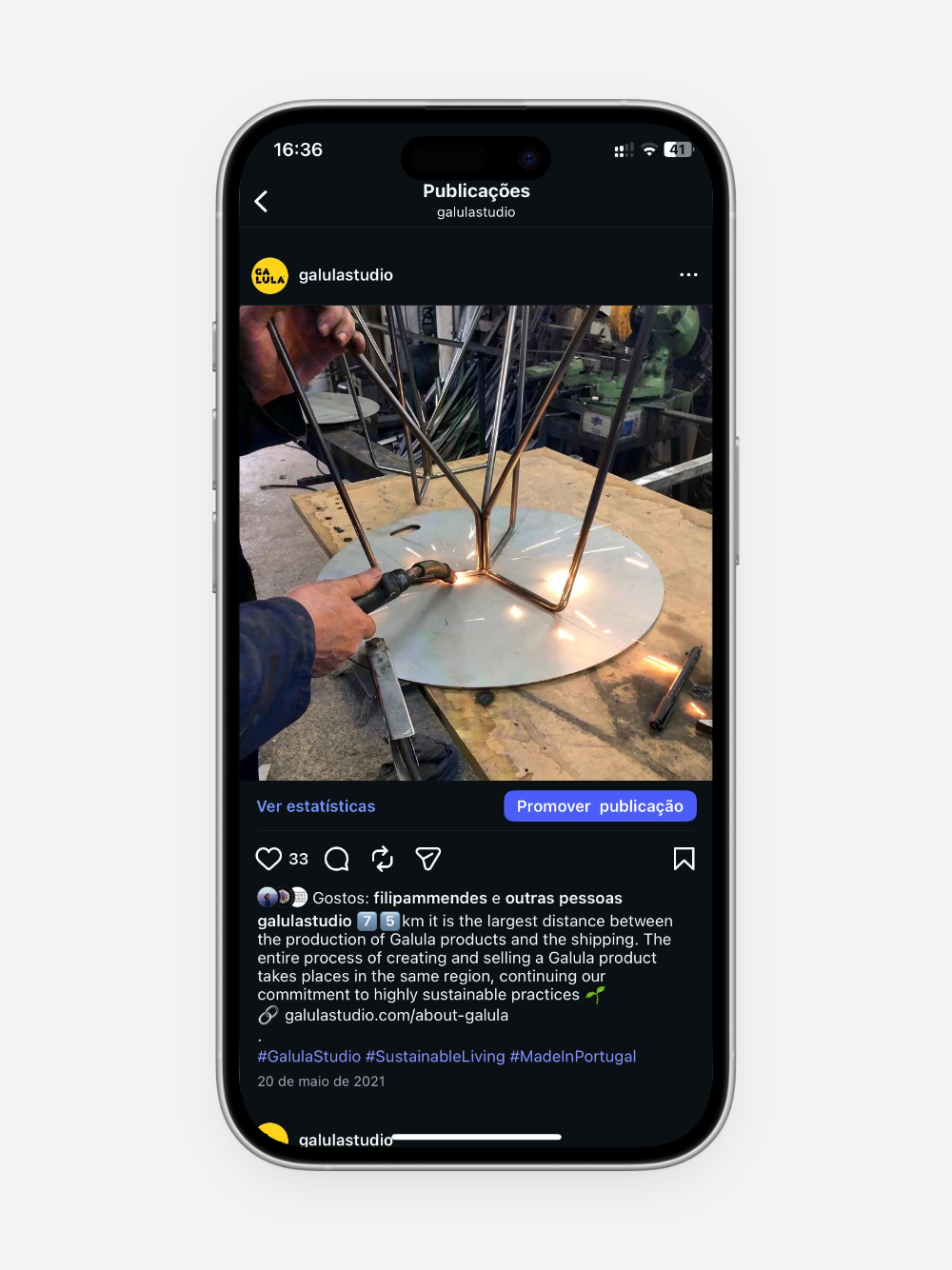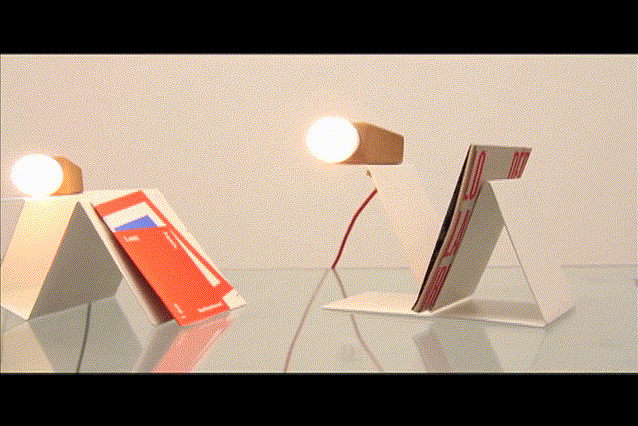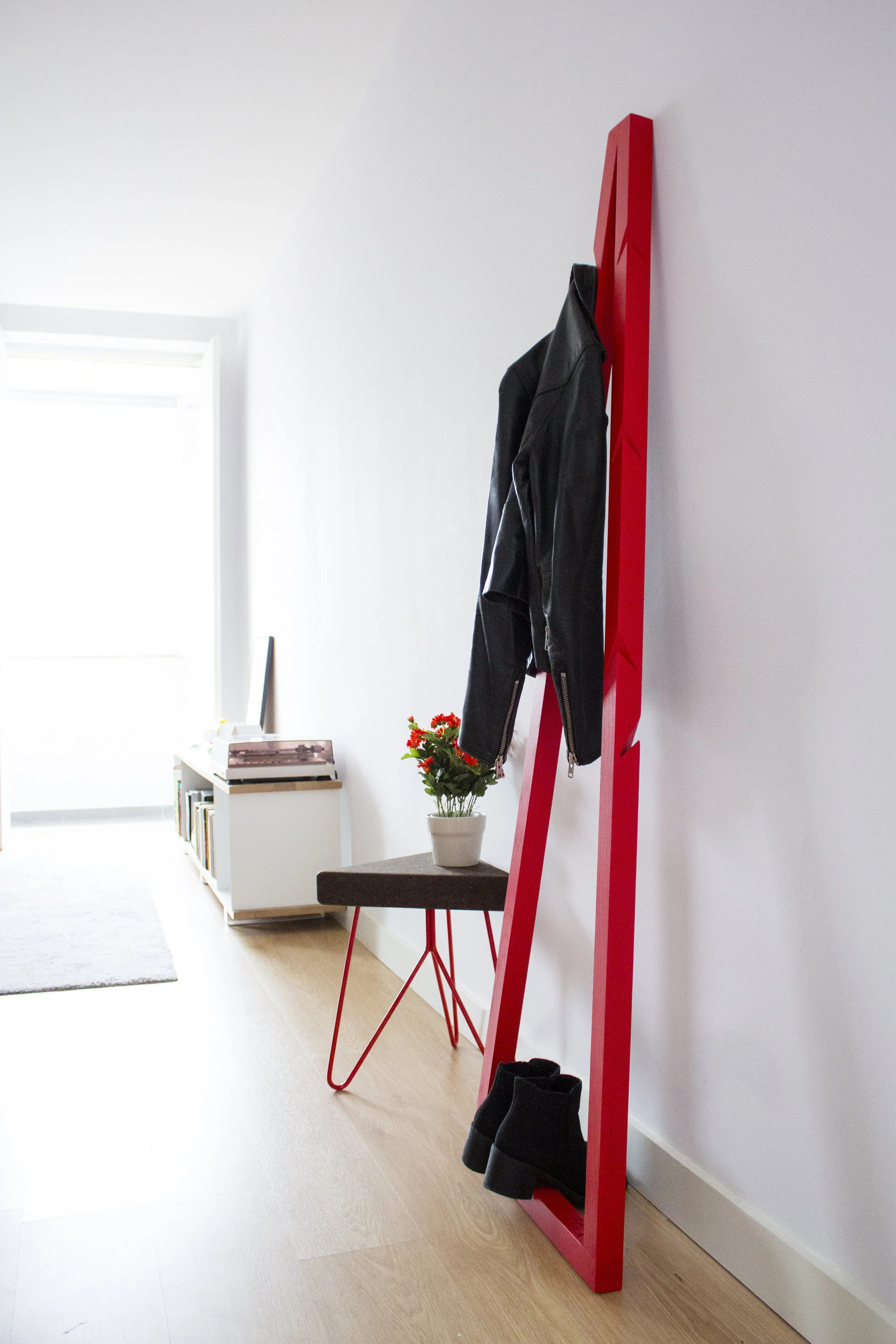Galula - Building a Design Brand from the Ground Up
The designer furniture market was polarized, dominated by either inaccessible luxury brands or low-quality, generic fast-furniture. We saw an opportunity to create a meaningful alternative: design products with soul, sustainable materials (like Portuguese cork), and an excellent price-quality ratio.
Crucially, our proximity to the local manufacturing industry allowed us to offer strategic customization, a capability highly valued in B2B, positioning us as a credible partner for architects, designers, and retailers
The Strategic Challenge
As a new Portuguese brand, how could we build a brand identity and market position strong enough to not just survive, but to grow sustainably on a global scale?
The real challenge wasn't just to create products, but to build an authentic brand that could thrive on two very different fronts:
B2B (Business-to-Business): How could we position the brand to be credible and appealing to architects, interior designers, and international retailers, who have highly demanding selection criteria, including the need for customization and reliability?
B2C (Direct-to-Consumer): How could we forge an emotional connection with end customers, convincing them to invest in a designer piece online?
Co-founder, Head of Brand & Product
As a co-founder, I was at the center of all strategic decisions. My specific leadership roles included:
Brand Strategy & Market Positioning (B2C & B2B).
Creative Direction for the entire product line and all visual communications.
Co-design and Development of all products, in partnership with Gustavo Macedo.
Defining the Brand's Soul
Brand Strategy
Process: Our identity was built on the pillars of contemporary Portuguese design, sustainability, and functionality. A core value was to create a "playful" and open-ended design, where the user plays an active role in the final expression of the piece.
Positioning: We positioned ourselves as "affordable luxury." For the B2B market, our key differentiator was our customization capability, made possible by our close relationship with local industry, and our narrative of sustainability through durability and local production.
Storytelling: A key challenge was to educate the market on the nobility of cork, dissociating it from its common, lesser uses. We achieved this through careful communication (photos, blog posts, social media) and our slogan, "Minimal by design, joyful by nature," which encapsulated our philosophy.
galulastudio.com / "Minimal by design, joyful by nature,"
“7️⃣5️⃣km it is the largest distance between the production of Galula products and the shipping. The entire process of creating and selling a Galula product takes places in the same region, continuing our commitment to highly sustainable practices 🌱”
Posted on Instagram to reenforce our sustainable practices.
Embodying the Brand
Product Design & Collaboration
The Galula Product Range - Playful, Open-ended Design
Creative Process
All products were co-designed by myself and Gustavo Macedo. Our partnership was the source of our design's distinction: I focused on ensuring coherence with the brand's vision and the user's experience, while Gustavo focused on production feasibility. This collaboration allowed us to create pieces like the Glint lamp, where the design is "open" to the user's final touch.
Hubspot’s HQ in Dublin, with a customized the “Seis” coffee table in a bright orange and provided “Três” triangular cork stools. Photos by Anthony Woods Photography
Telling the Brand's Story
Content & Photography
I directed photoshoots that captured not just the product, but the "Galula feeling": bright, human, and authentic environments. This was crucial for building an emotional connection (B2C) and professional credibility (B2B). Our content focused on the "making of," the story of the materials, and the product's versatility.
The Impact
Multi-channel Validation
Our positioning strategy was a success, allowing us to establish a loyal B2C customer base, a network of professional B2B partners, and a strong presence in online design marketplaces (B2B2C), such as Bombinate in the UK, which became a significant sales channel.
International Brand Recognition
The strength of our identity led to global recognition, evidenced by:
Presence at Prestigious Fairs: Consecutive exhibitions at major events like Maison et Objet (Paris) and the London Design Fair.
Features in Global Press: Articles in renowned publications such as The Financial Times and The Times.









